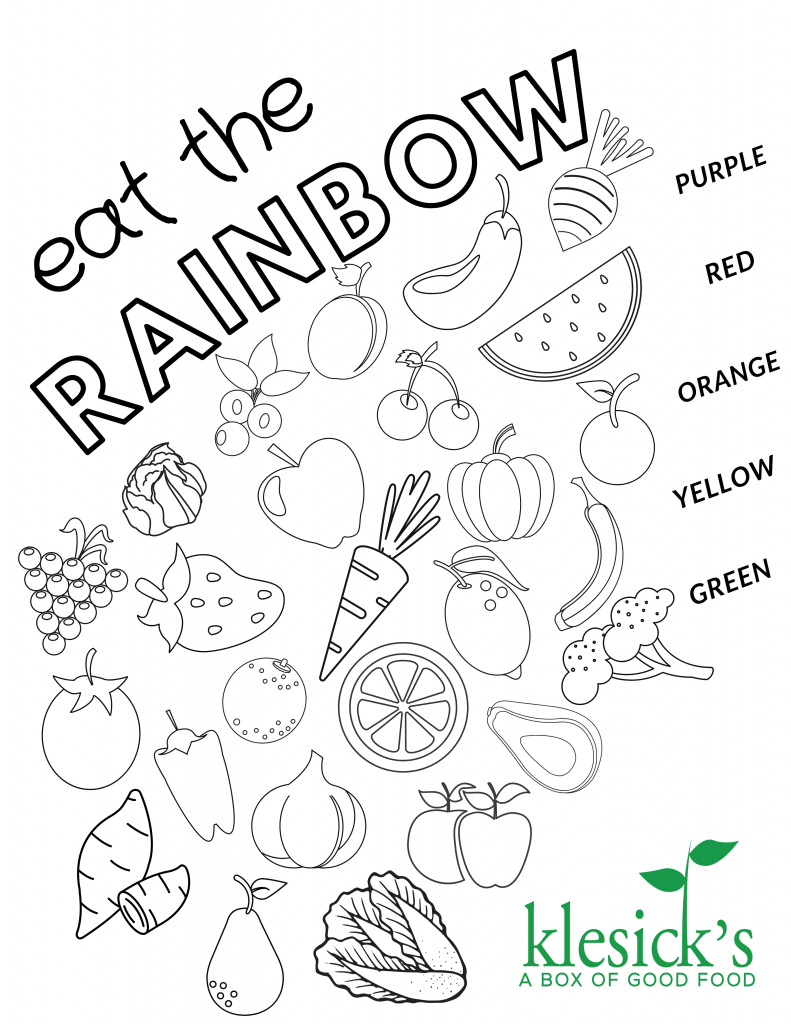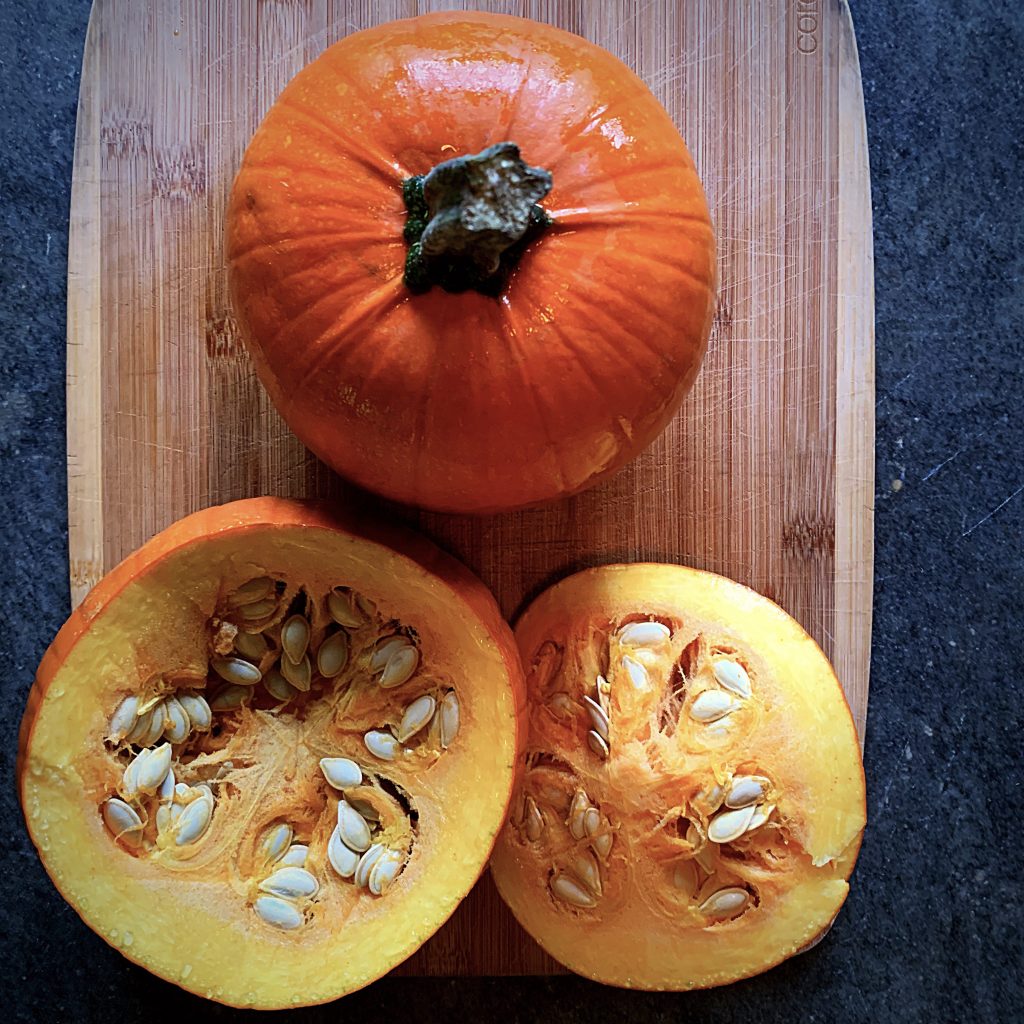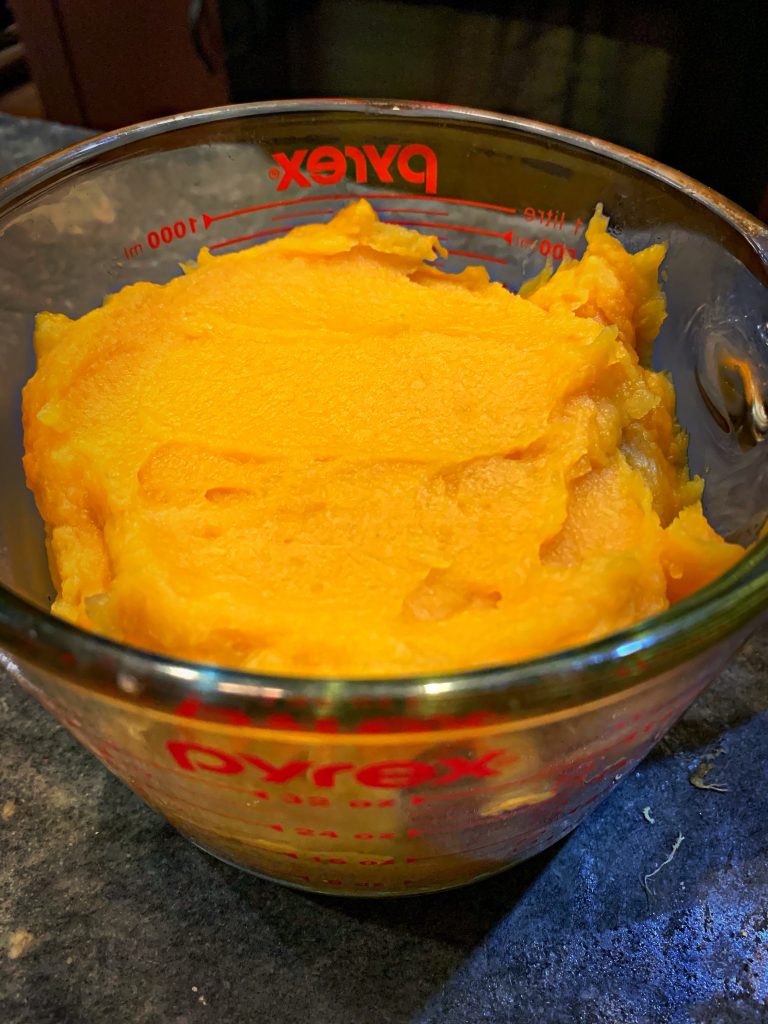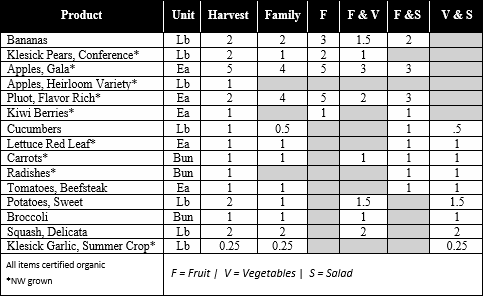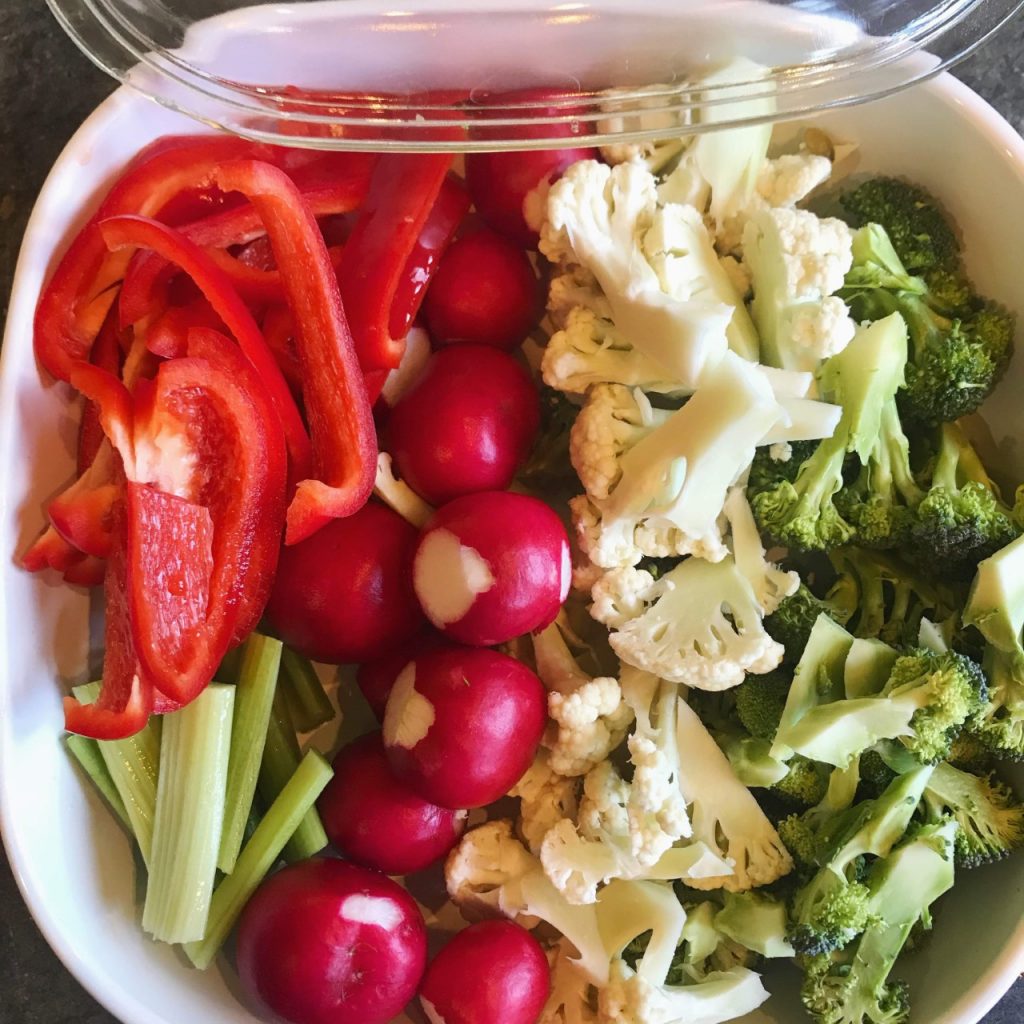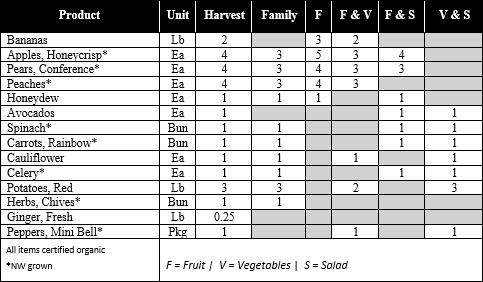Each day there’s a new opportunity to pursue healthy choices! But what is a healthy choice? That’s not an easy, one size fits all, answer! When we’re presented with a choice that affects the health of our body, mind, spirit, or environment, and we choose the greater good, we’re making a healthy choice! I love the idea of celebrating each little step we take, acknowledging the good, knowing it brings us that much closer to creating healthy habits that can last a lifetime!
A specific healthy food choice for some might be to eat 80% organic in order to cut out chemical pesticides and herbicides! A plan to make that happen could include being intentional in both food purchases and meal planning. Another healthy choice might be to add a greater variety of vegetables to one’s diet and focus on “eating the rainbow”. The fridge would need to be stocked full of several colorful choices and a goal could be to eat 3-4 different fruit or vegetables at each meal! Your Box of Good can help with that!
We can all be more mindful of our food choices but be careful not to judge others and don’t judge yourself! Negativity never sets the stage for victory! Let enthusiasm for the good choices inspire! Some people have bought the lie that what’s healthy won’t satisfy, but that can’t be farther from the truth. As we pursue healthy choices and experience the satisfaction associated with it, dopamine and serotonin are released; two types of neurotransmitters in the brain. Both are associated with happiness. They empower us to continue to make healthy choices!
What other areas besides food do we make choices that affect our health? Don’t let it overwhelm you, but the possibilities are endless! Consider some of these. We can take time to sit, pray, meditate, and just breathe. Be in the moment with those we love! Express gratitude. Pay attention to sights, smells, sounds all around! Learn to laugh at ourselves. Say something kind to a stranger. Shake up our daily routine and add a little adventure. Take time to both move and strengthen our bodies. Drink more water. Take quality supplements. Get sunshine and fresh air. Take a nap if needed. Organize and minimize “stuff.” Clean up after ourselves. Complete a project. Do something creative. Volunteer for a noble cause. Be helpful to someone in need. Plant something. Reduce, recycle and re-use. Support sustainable practices. Learn something new.
So many opportunities to choose good! Let’s be intentional with our health, cheer each other on and watch the overall health of our community grow!
Have a wonderful week and thanks for choosing a Box of Good!
-Joelle

